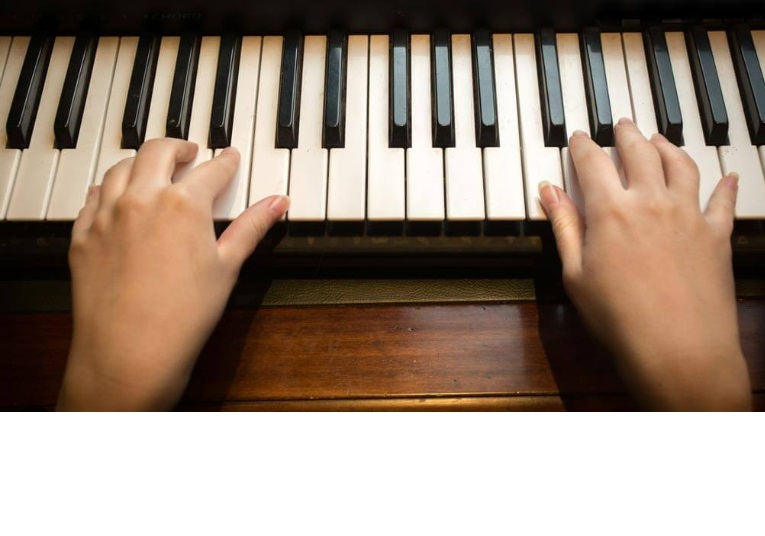Parson to Person: “Faith, Justice, and Roman Collars,” September 3, 2020
This past Saturday I went to the “Justice for Jake” march in Kenosha, to protest the police shooting of Jacob Blake. Before the march a number of UU’s from all over southeastern Wisconsin gathered at the Kenosha UU church (Bradford Community Church-UU). Nearby we saw the burned-out cars in the car lot next to the church, cars that had been set afire during previous nights of rioting. (Fortunately, through the efforts of a number of nearby Kenosha News journalists who doused the fire with barrels of water before it could spread to the church, Bradford Church was largely spared any damage–though, ironically, the congregation’s “Black Lives Matter” sign did get a bit battered from the fire.)
Led by the Revs. Erik Carlson and Monica Cummings, we marched from the church to the protest site to join the rest of the marchers (a couple thousand, as far as I could tell). As we walked, I played my guitar and we sang a number of protest songs (“We Shall Overcome,” “We Are a Gentle, Angry People,” etc.). I haven’t seen so many UU clergy together in months, and it was good to see them and fellow UU’s marching for racial justice–including folks from UCN! It occurred to me that some of you have probably never seen me–or other UU ministers–wearing a clerical collar (otherwise known as a Roman collar). In case you were surprised, rest assured: You won’t see me wearing one at church very often (or around town either). But I do wear a collar when I go to a march or demonstration because I think it’s important for the public to see that religious leaders are involved in social-justice issues. For people who think religion is (or should be) a private one-day-a-week affair, the collar sends a message that justice isn’t just an afterthought in religion, but at the very heart of our various faith traditions.
Now, wearing a clerical collar has its pluses and minuses. On the plus side, people sometimes treat you better when you stop to get gas or pick up a snack on your way to a protest. Also, your fellow protestors are usually happy to see religious leaders joining in their cause, since the religious mantle lends an air of legitimacy to a protest. (Remember the clergy who went to support Martin Luther King’s march in Selma.)
On the negative side, if counter-protestors are present at your march or rally, they tend to single you out for special abuse. (This is especially true at gay-rights parades, pro-choice rallies, and AIDS walks.) I remember one pro-choice protest where one man shouted right into my eardrum, which was rather painful. (The police officer nearby refused to do anything about it.) At another protest I was called a “minister of Satan”–though that just made me chuckle. (Later, a friend had a T-shirt made with “Minister of Satan” printed on it. I still have it, but I’ve never worn it!)
All of which is to say that you will sometimes see me in a clerical collar. I wear it not so that I can mark my separateness or “holiness” from other UCN members and friends, but so that I can represent UCN in the wider community. It’s one of the few universally recognized public symbols of religious leadership. And because being part of a religious institution still matters in our world, it’s important that our UU variety is shared–especially when it comes to the “inherent worth and dignity of every person,” “justice, equity, and compassion,” and “the goal of world community with peace, liberty, and justice for all.” It matters that we have a voice at the table. (Or, as someone once put it: If you’re not at the table, you’re on the menu.)
You won’t see me wearing the collar very often. But when you do, know that I wear it to represent you, not me. You, Unitarian Church North, and the wider UU movement. Thank you for the privilege!
peace and unrest,
tony



